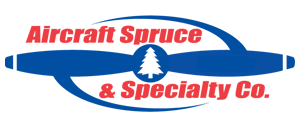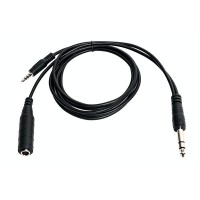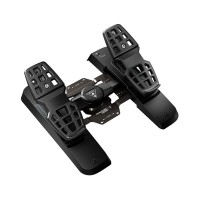FREE SHIPPING ON ORDERS OVER $350 (SOME EXCLUSIONS APPLY) | 877-4-SPRUCE
F2A-2 Buffalo Model
$211.95/Each
Part# 13-10521
MFR Model# AF2ATE
MFR Model# AF2ATE
Overview
|
This collectable model F2A-2 Buffalo represents the Navys first monoplane fighter, entering service in April 1939 and was very quickly outclassed by enemy fighters. Painstakingly built from Philippine mahogany by skilled craftsmen using a wealth of detail, this 1/24-scale model F2A-2 Buffalo makes a great gift for any pilot, aviation enthusiast or history buff. Development of the Buffalo began in 1935, when the Navy sought a replacement for its Grumman F3F biplane. The Brewster B-139 won the contract with a monoplane design with retractable main gear, split flaps and a streamlines canopy. Top speed was 323 mph in the F2A-2 model, which featured a more powerful Wright R-1820 radial engine. The Buffalo was armed with four machine guns, but lacked armor and self-sealing fuel tanks. While early models were very maneuverable, it was clear by 1940 that the aircraft was outclassed by foreign designs. However, the Buffalo went into battle in the early days of the war, and served with Finland through most of World War II. British and Dutch pilots used the Buffalo in combat in the Pacific, as did U.S. Marine Corps pilots in the Battle of Midway. While the Buffalos shot down a number of Japanese aircraft, overall it performed poorly and was soon withdrawn from service in favor of more advanced types. |
WARNING: Cancer and Reproductive Harm - www.P65Warnings.ca.gov. |
Q&A
Please note, Aircraft Spruce ®'s personnel are not certified aircraft mechanics and can only provide general support and ideas, which should not be relied upon or implemented in lieu of consulting an A&P or other qualified technician. Aircraft Spruce ® assumes no responsibility or liability for any issue or problem which may arise from any repair, modification or other work done from this knowledge base. Any product eligibility information provided here is based on general application guides and we recommend always referring to your specific aircraft parts manual, the parts manufacturer or consulting with a qualified mechanic.








 FREE Shipping
FREE Shipping


